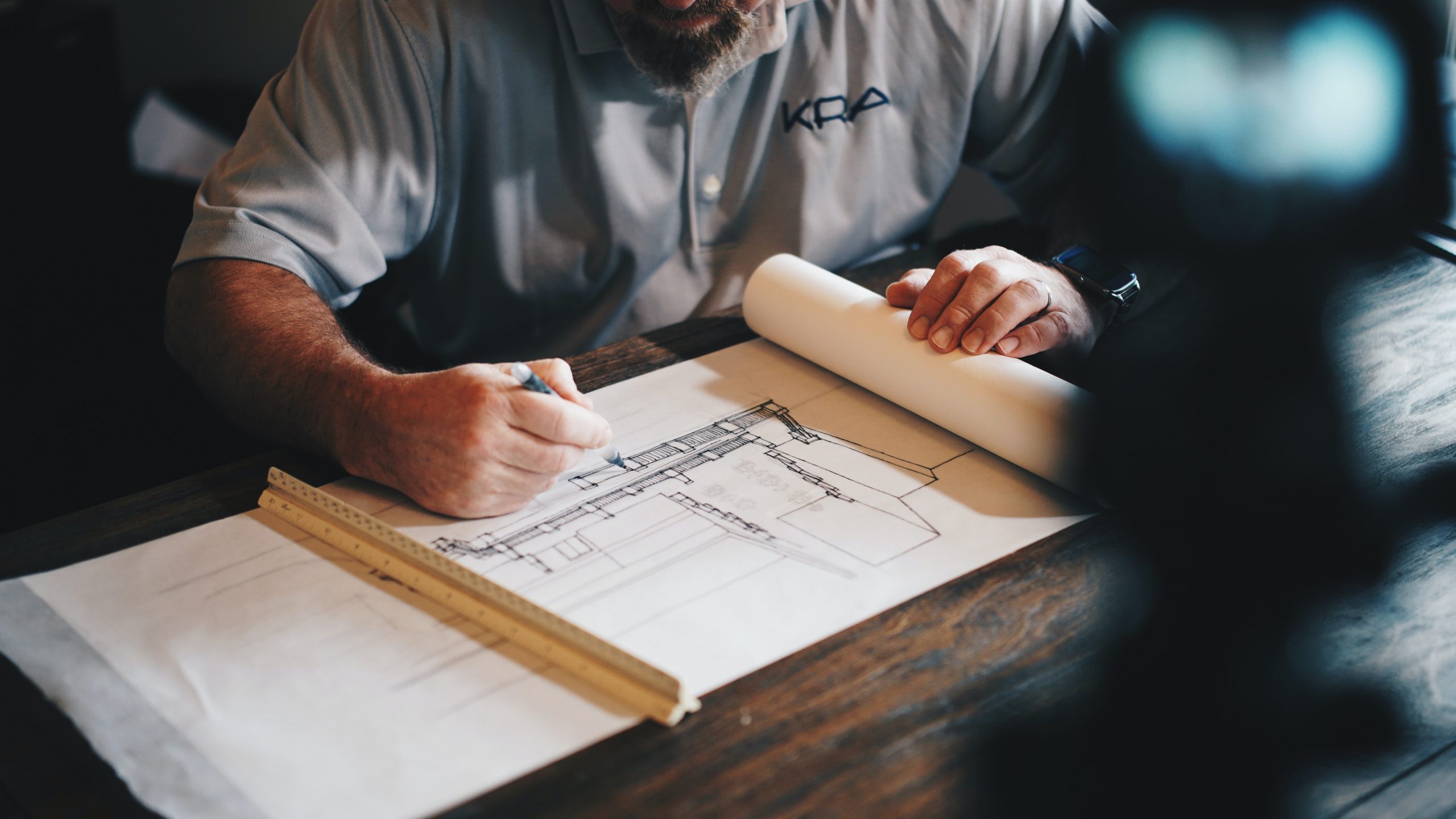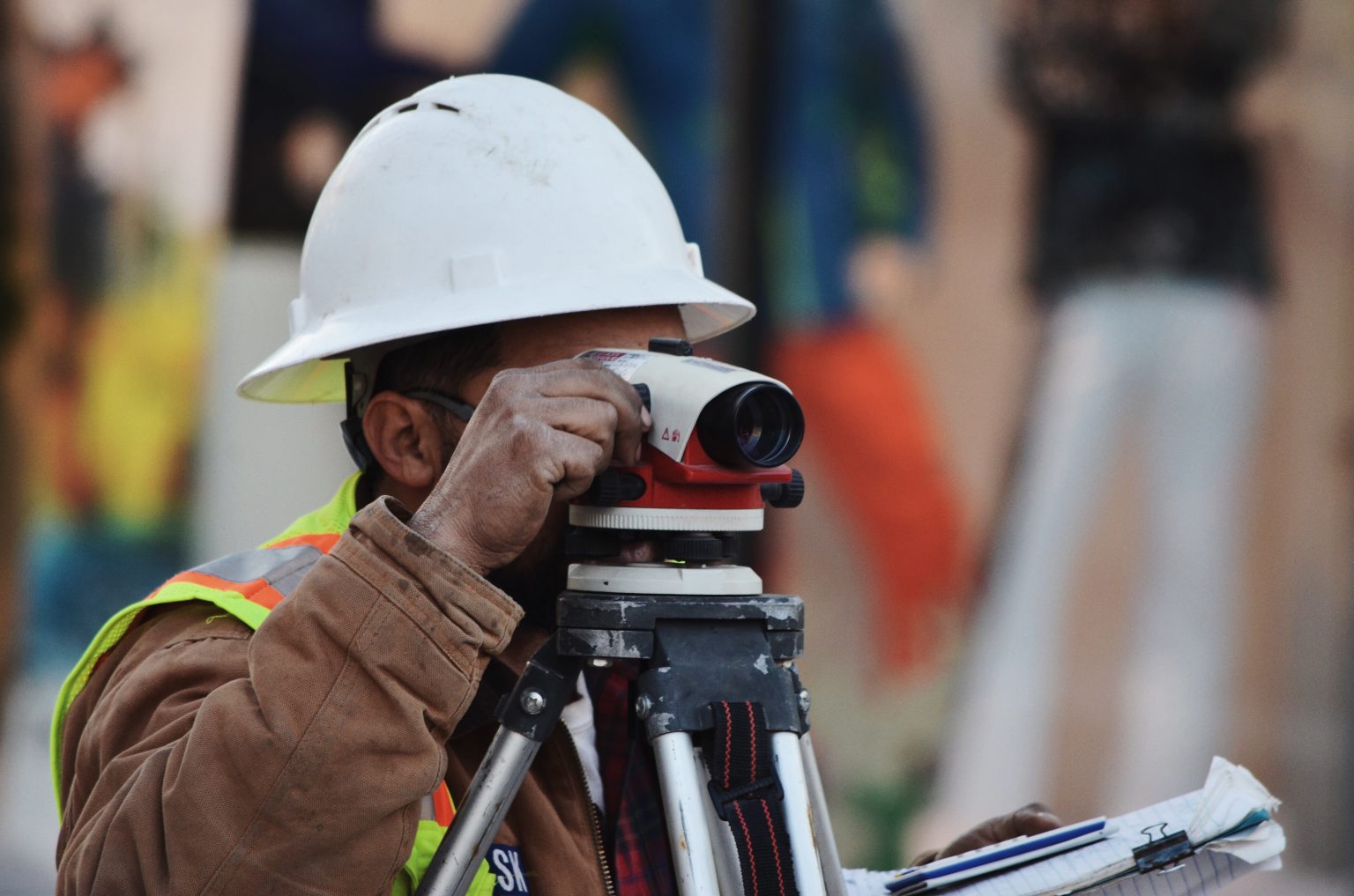OSHCIM Professional Service
The Guidelines on Occupational Safety and Health in Construction Industry (Management) (OSHCIM) provides practical guidance to the client, designer and contractor on the management of safety, health and welfare when carrying out construction projects of a structure.

Many workers are injured and others killed while working in the construction sites, despite the concerned authority’s health and safety measures. Many contractors and project managers utilize Building Information Modeling (BIM) to improve their profit margins and construction efficiency; however, very few consider their employees’ safety and health standards. Even though the construction industry is one of the rapidly growing sectors, it is also classified as the most hazardous and dangerous to workers working in the industry. In this article, we explore how safety and health standards can be incorporated with BIM technology.

BIM
Health & Safety
Modern technology currently being used in the construction sector is improving construction workers’ health and safety measures. Some of the common technologies being adopted for the safety and health of workers include graphic information systems (GIS), information communication technology (ICT), Virtual reality, sensor-based technology, and global positioning system (GPS). BIM technology enables project managers and concerned parties to detect and design possible construction safety and health risks before they occur.

BIM OSHCIM
OSHCIM Application in Construction
BIM has three main kinds of people responsible for handling safety and health information. These people include:
- Generators - responsible for producing basic information on health and safety techniques.
- Reviewers - construction personnel who analyze the health and safety measures.
- Receivers - users of the health and safety information, such as workers who apply the information in visualizations of safety measures, or a project manager visualizes how he/she can improve the safety standards of his workers.
In a bid to improve the health and safety standards of workers as well as reducing onsite construction risk, project managers and contractors should implement the following tools:
- Checking Compliance Criteria
Construction management should check the safety criteria and follow the set rules during construction work to reduce the health risk of workers.
- Fabrication & Prefabrication
Contractors should embrace more off-site fabrication and model-driven prefabrication for safety and a controlled working environment.
- Scenario Planning
The asset to be constructed is virtually constructed before building the actual asset. The contractors can explore possible risk areas during the construction process that could harm workers’ health and safety threats. Virtual reality, simulation, and augmented reality technologies are being used in the construction industry to predict possible hazards and investigate possible accidents.
- Clash Detection
Contractors can detect possible collisions and mitigate them before they occur. Clash detection uses sensing and tracking technology to detect and reduce possible construction injuries and working fatalities.
- BIM Visual Communication
Enables all the construction stakeholders to visualize how to complete construction works without risking workers’ lives. Visual communication is key in enhancing worker safety training.
Construction Management with BIM
BIM is rapidly being embraced in the construction industry as the most effective and efficient way of delivering constructions. BIM enhances value and safety techniques throughout the construction project; hence, it is used by contractors and project managers in construction management. BIM further enhances collaboration and communication hence improving the efficiency of the construction project. The following are the main benefits of construction management with BIM.
1.
BIM improves construction cost estimates
BIM contains all the needed construction information such as materials, performance specifications, and products. Therefore, contractors do not have to carry out tedious exercises to calculate project quantities since all they have to do is generate a quantity report. With the report containing specification information and quantities, contractors can easily, quickly, and accurately tender and estimate cost.
2.
BIM confirms the constructability of a designed construction project
The BIM’s 3D models offer the benefits of a designed building or a site environment. BIM enables the contractors to virtually see the end product of a building, making it possible to detect possible safety hazards and make plans to mitigate them before commencing the initial construction work.
3.
BIM notifies construction scheduling and sequencing
Its advanced 3D modeling software enables contractors and project managers to virtually plan and simulate construction projects. This aids in determining the optimum construction sequence for the construction process. Virtual planning helps in determining how long the construction project will last.
3.
BIM supports off-site Construction and prefabrication
Help reduce onsite risks and health hazards, material wastage, controlling labor expenses, and improving the quality of the construction project.
4.
BIM enhances the completion and handover process
Construction management can maintain an accurate and real-time update of the construction work. Contractors update the progress of every construction work in the BIM model to enhance its accessibility by workers.
OSHCIM PROFESSIONAL SERVICE
Health & Safety Duties and Obligations
Every construction project must have a health and safety officer whose duties vary according to the complexity of the construction project. Some of the main duties of a health and safety officer include:
- Assessing and monitoring workers hazards and unsafe situations
- Developing health and safety techniques to assure workers of their safety
- Detecting and correcting unsafe acts from the workers when they are in the line of duty
- Exercising emergency authority to prevent unsafe acts from the workers whenever immediate action is required.
- The officer is supposed to maintain possible awareness to all stakeholders in case of any active and developing health risks.
- The officer should participate in planning meetings with other relevant management to identify possible health and safety concerns in the construction site.
- The officer is also responsible for reviewing the incident action plan for possible safety implications.
- The officer has a duty of verifying that all construction-related injury logs and reports are completed and successfully submitted to relevant government agencies.